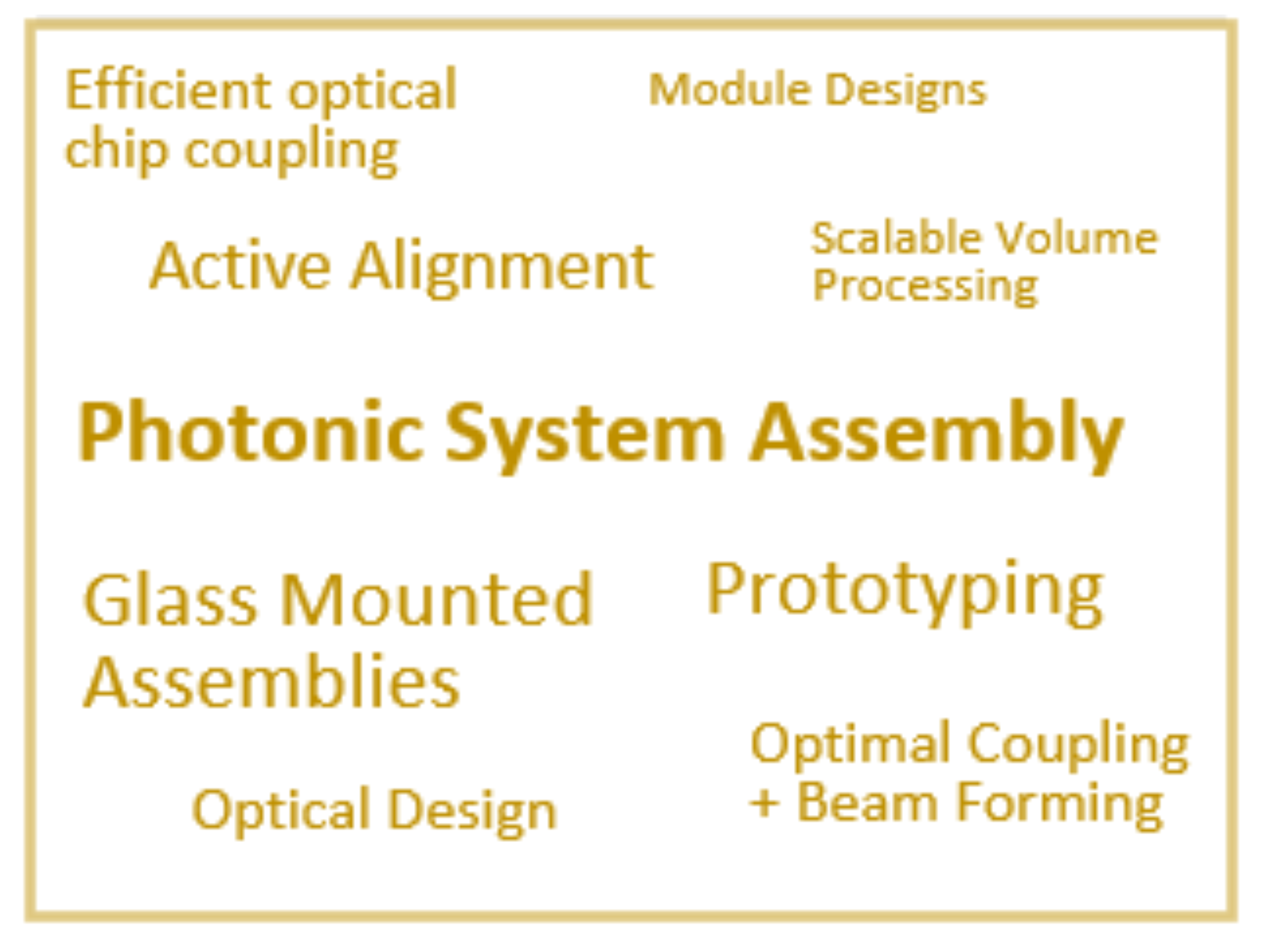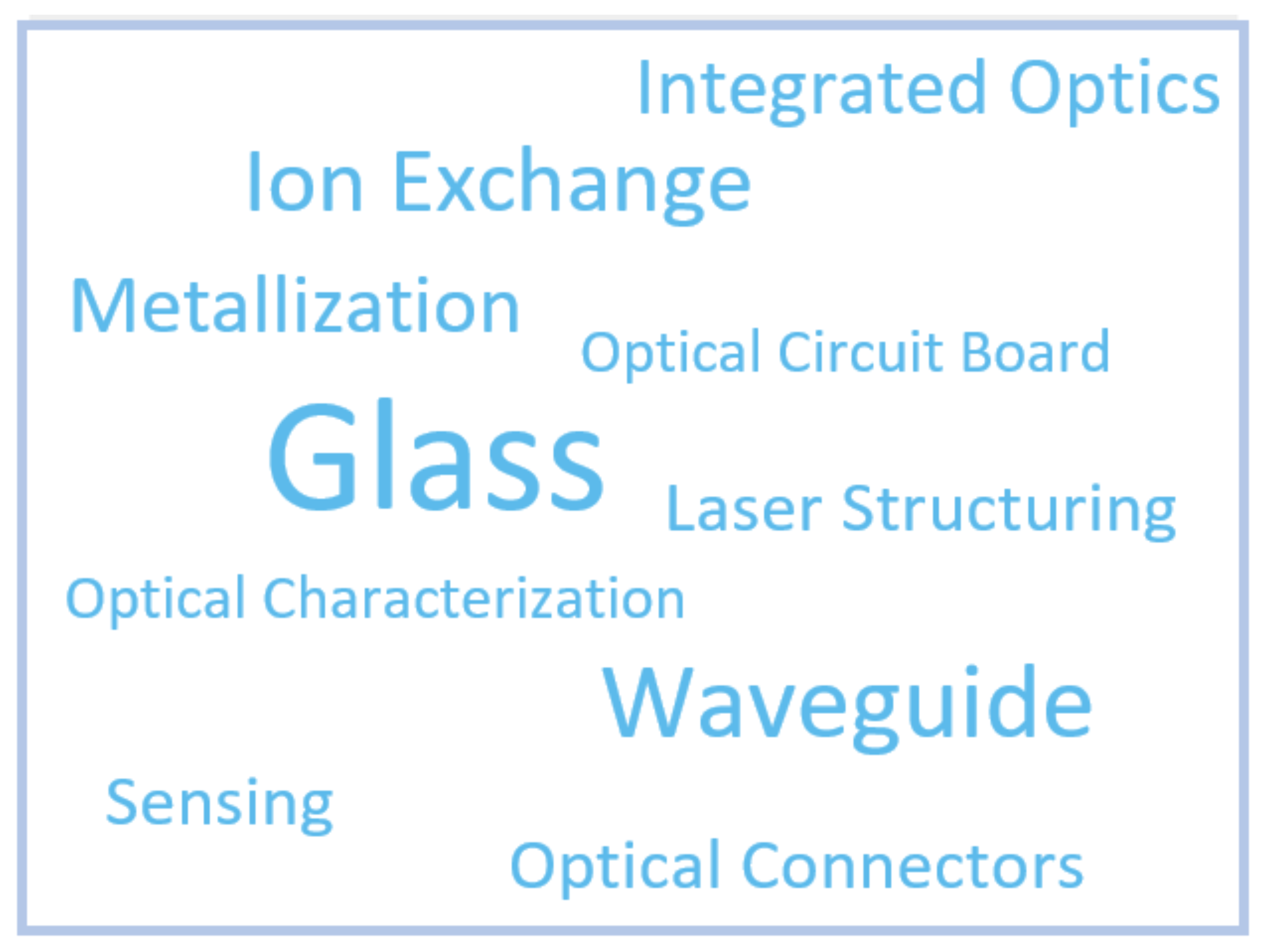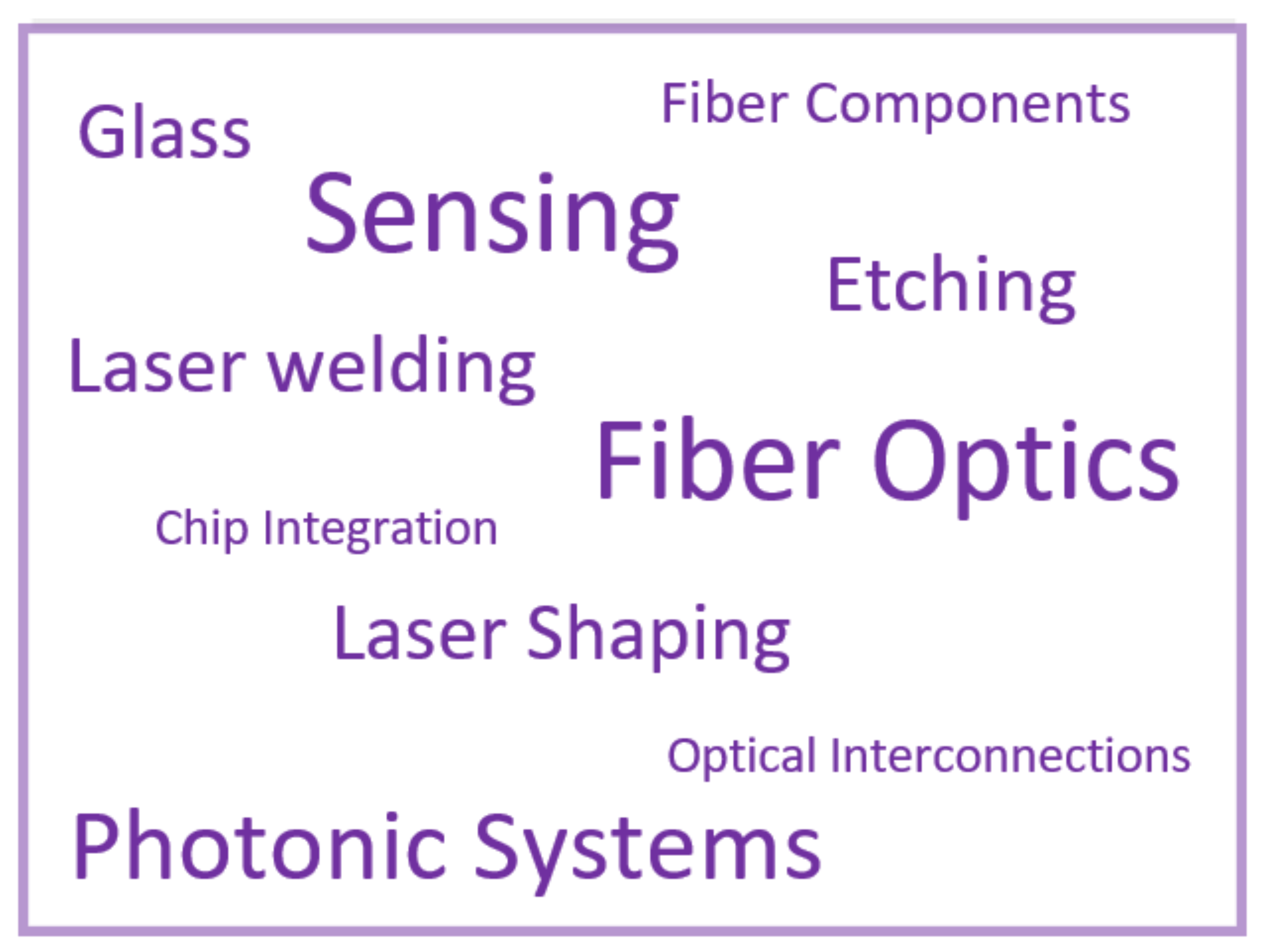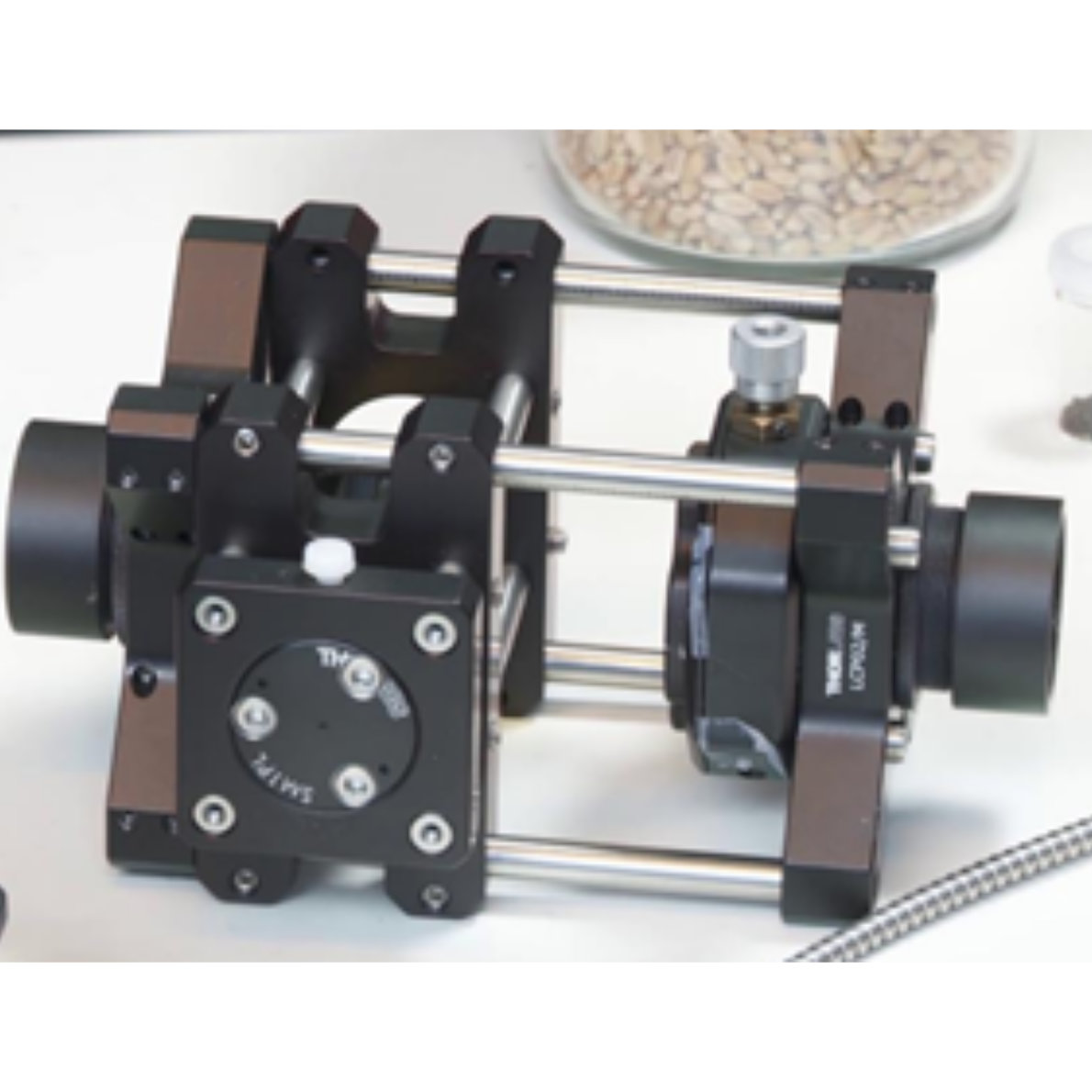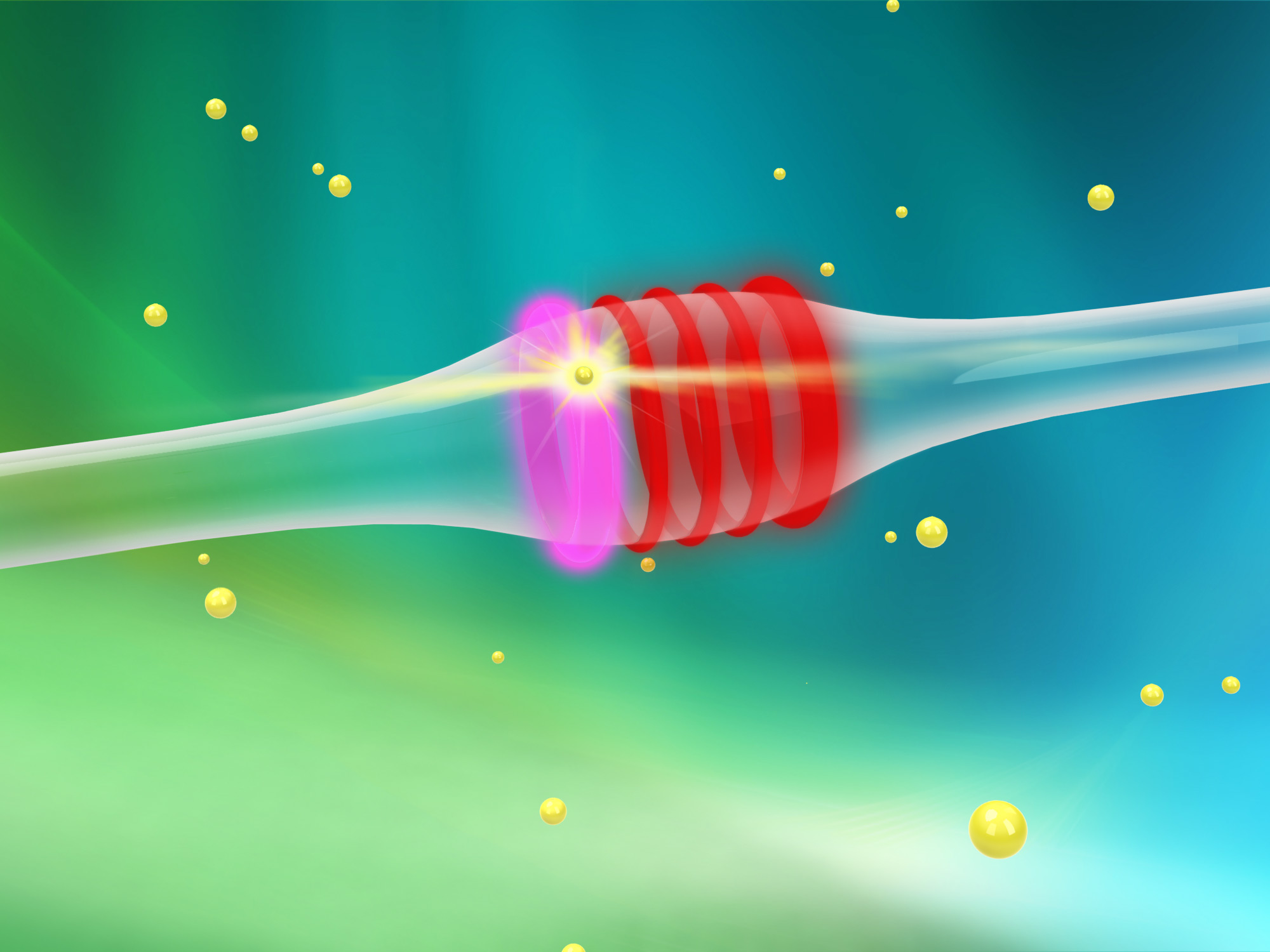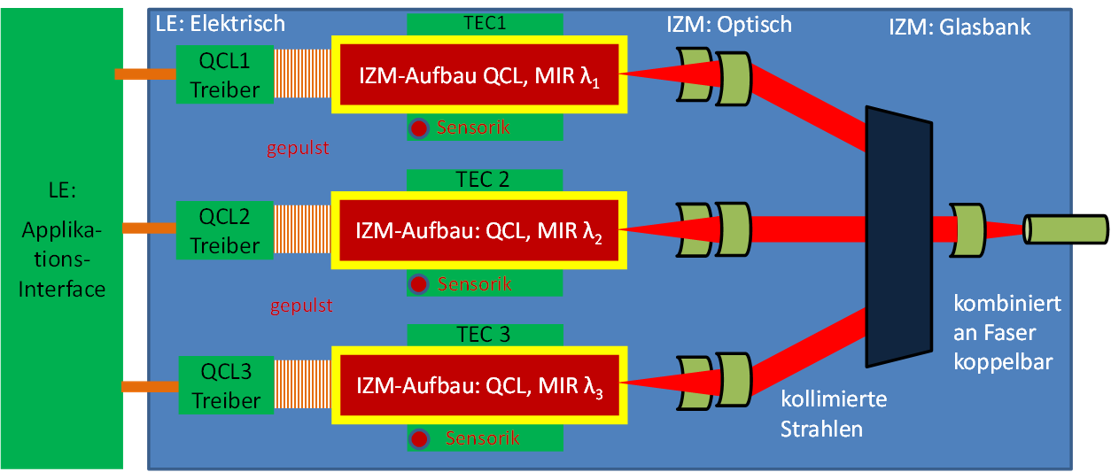Photonic Packaging and Interconnection Technologies
Our core competence is the development of innovative packaging systems comprising microelectronic, optical and microsystems components for tele- and datacom, lighting and sensors. Prototyping and hardware demonstrators are realized on the basis of systematic simulation, customer-specific design, and reliability and failure mechanisms investigations. This wide base serves the development of customer-specific solutions and cutting-edge scientific development in photonic packaging and interconnection technologies leading to excellence in service provision.
Our customers come from sectors such as communications, sensors, medical and laser technology. The group has a wide range of competencies based on the production of hybrid packages from polymer, glass, and semiconductor materials requiring high-precision, sub-micron placement and fixing with a high level of automation.
 Fraunhofer Institute for Reliability and Microintegration IZM
Fraunhofer Institute for Reliability and Microintegration IZM